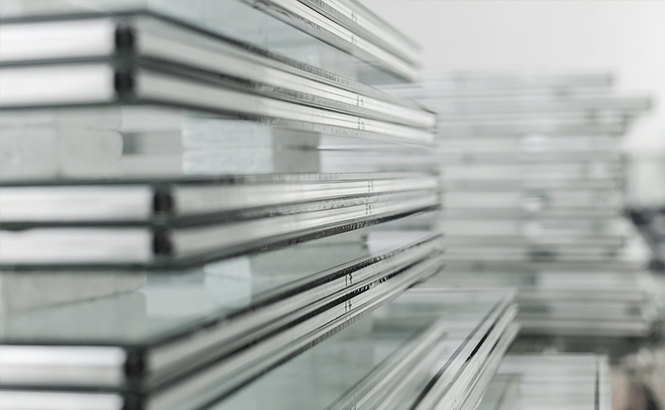
Artigo
26.06.24
Sintering and crystalization studies of industrial wastes glasses
Autores: Cristiano Honório de Oliveira, Reiner Neumann, Arnaldo Alcover Neto, Marcus Vinicius de Araujo Fonseca
Veículo: 8th International Congress on Applied Mineralogy
Ano: 2004
Tipo: Congresso
Resumo: This work evaluated the feasibility of obtaining glass-ceramics (controlledly crystallized glasses) from Brazilian industrial waste glasses. The wastes used were blast-furnace slag, exhaust cracking catalyst and chromite jigging tailings. The glasses were batched only using the wastes, in rations that generated different contents of iron and chromium (nucleation agents). The careful selection and batching of the wastes allowed not using commercial raw materials, decreasing production costs. The glass crystallization studies (XRD and DTA) showed that higher content of transition metals improved bulk nucleation and lowered crystal growth temperatures. The sintering studies, performed using heating microscopy, showed that the sintering of glasses with lower content transition metals ranged from 840°C to 920°C, while the higher contents one, from 1160°C to 1280°C. In the first case, the sintering temperatures were lower because it worked through glassy phase sintering, differently from the other one, where it worked through crystalline particles sintering. The different sintering/crystallization behaviors of the glasses allows glass-ceramic production by bulk crystallization of glass monoliths (higher and intermediate content of iron and chromium) or by simultaneous sintering/crystallization of glass powders (lower and intermediate content). This work shows an alternative usage for industrial wastes, generating a relatively high aggregate value product (glass-ceramics).
